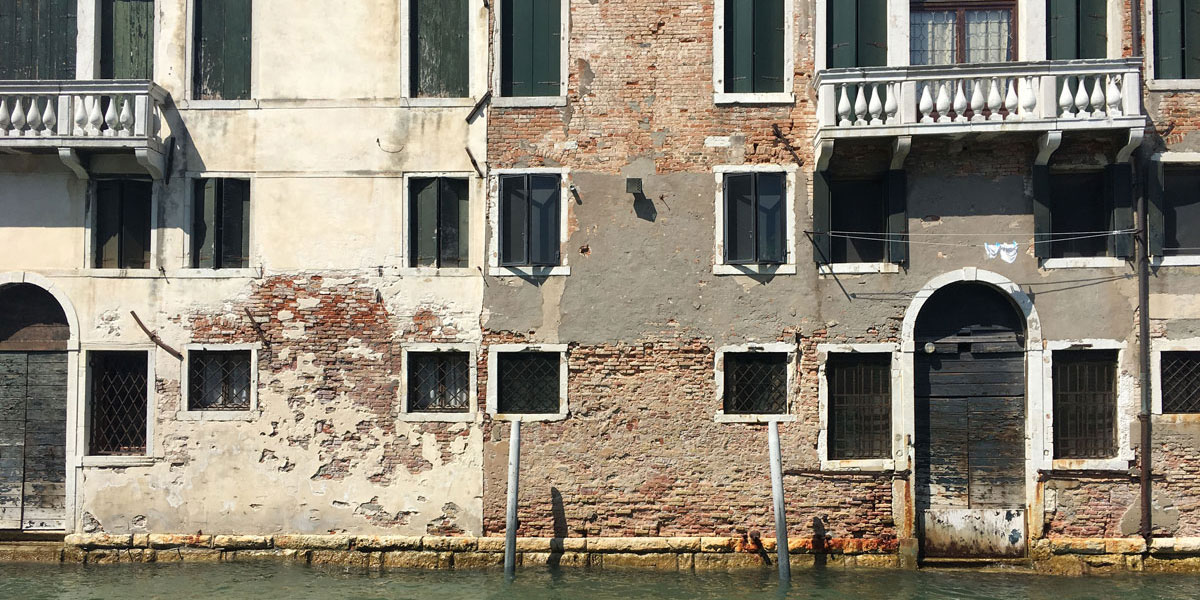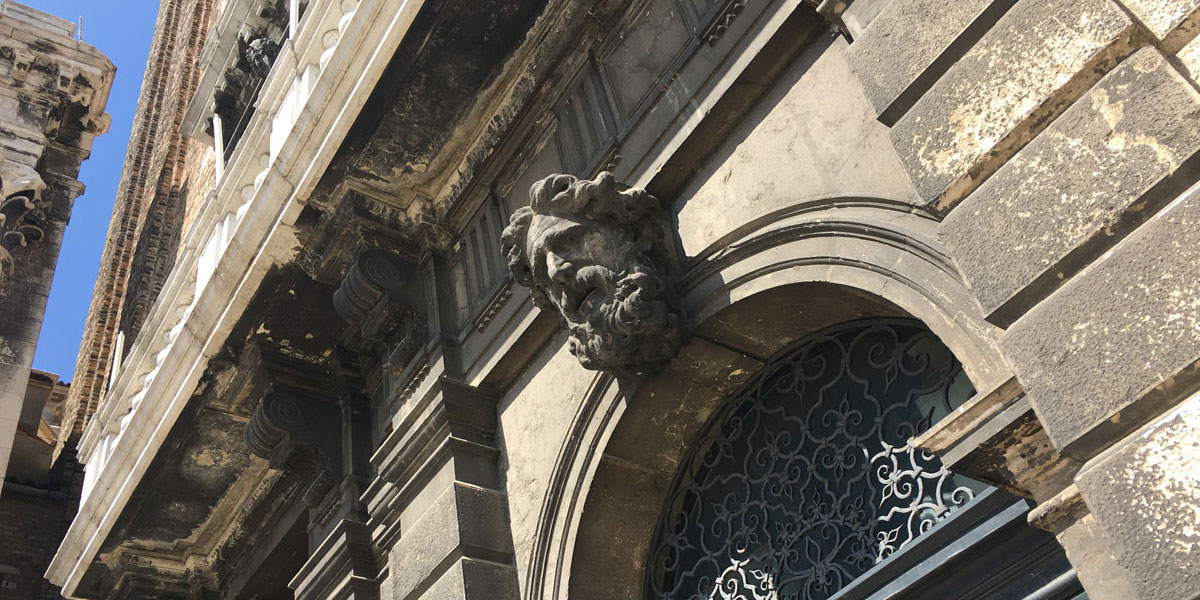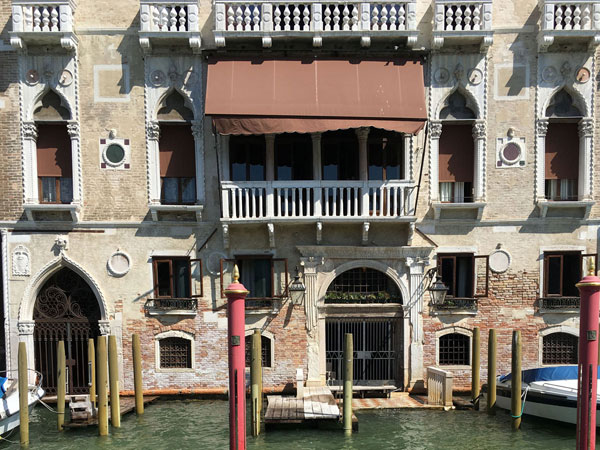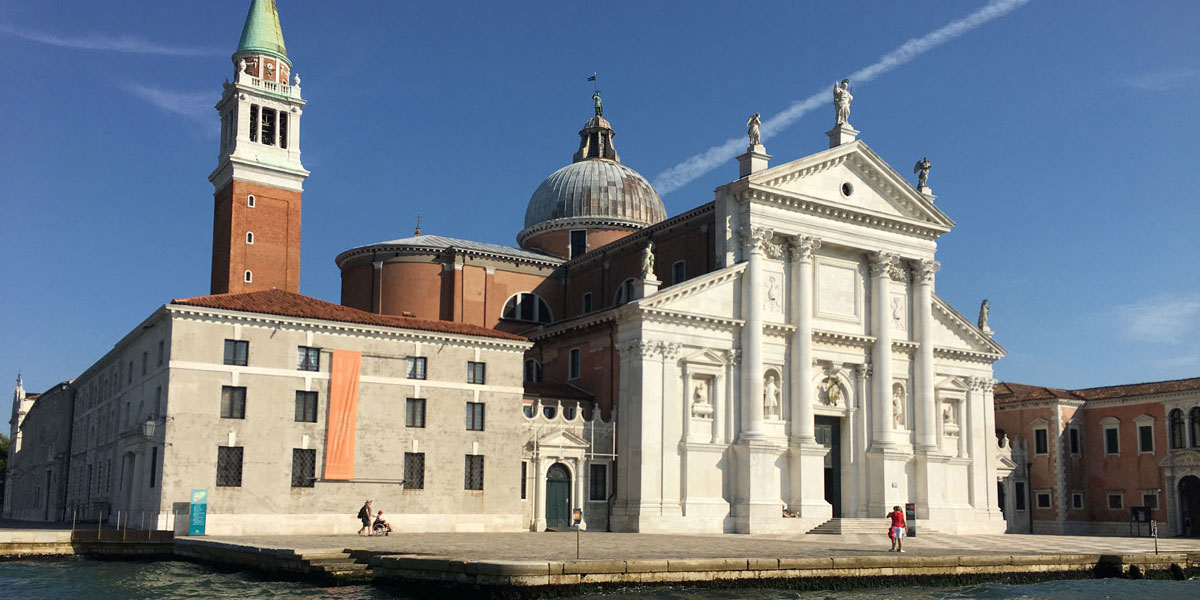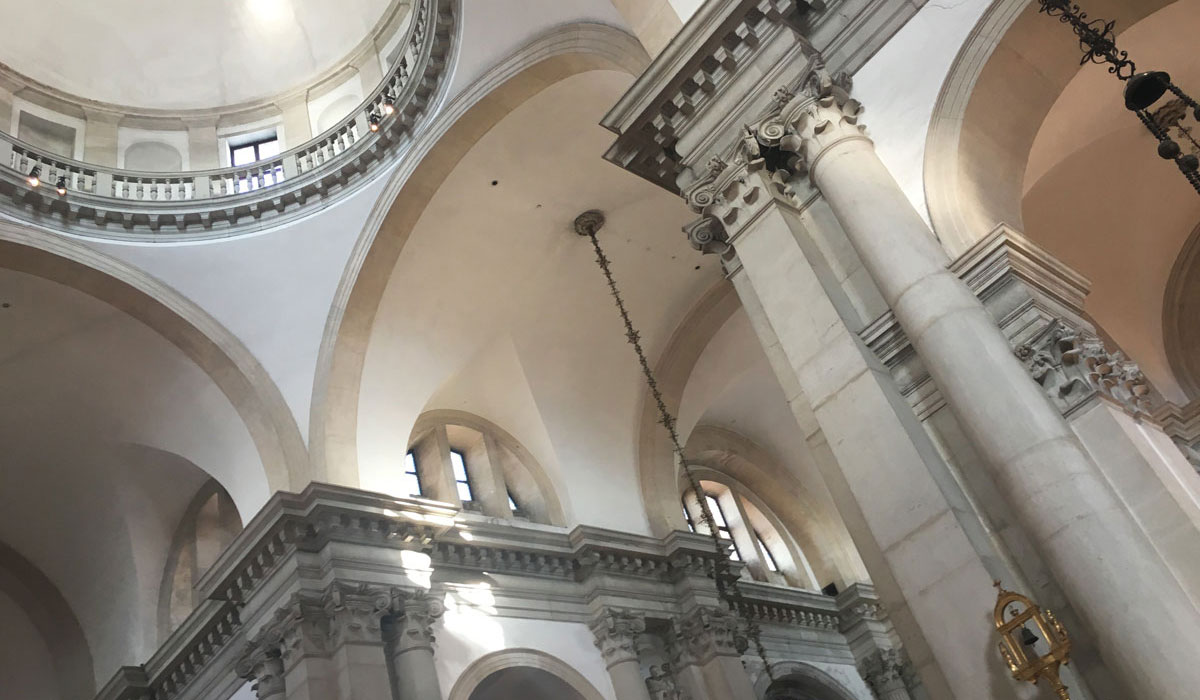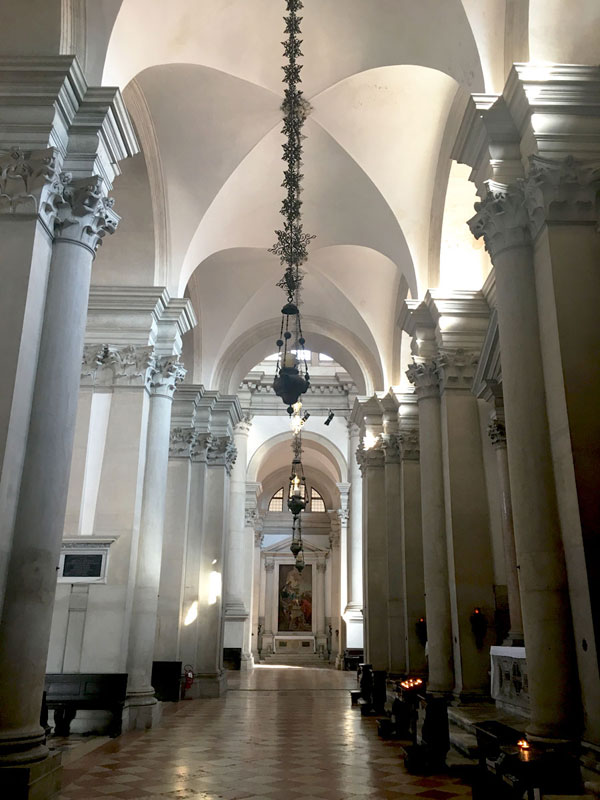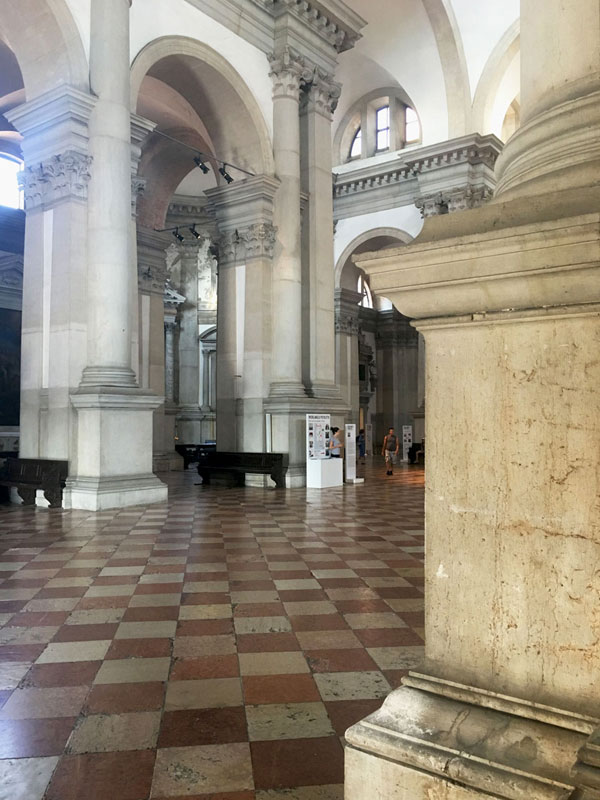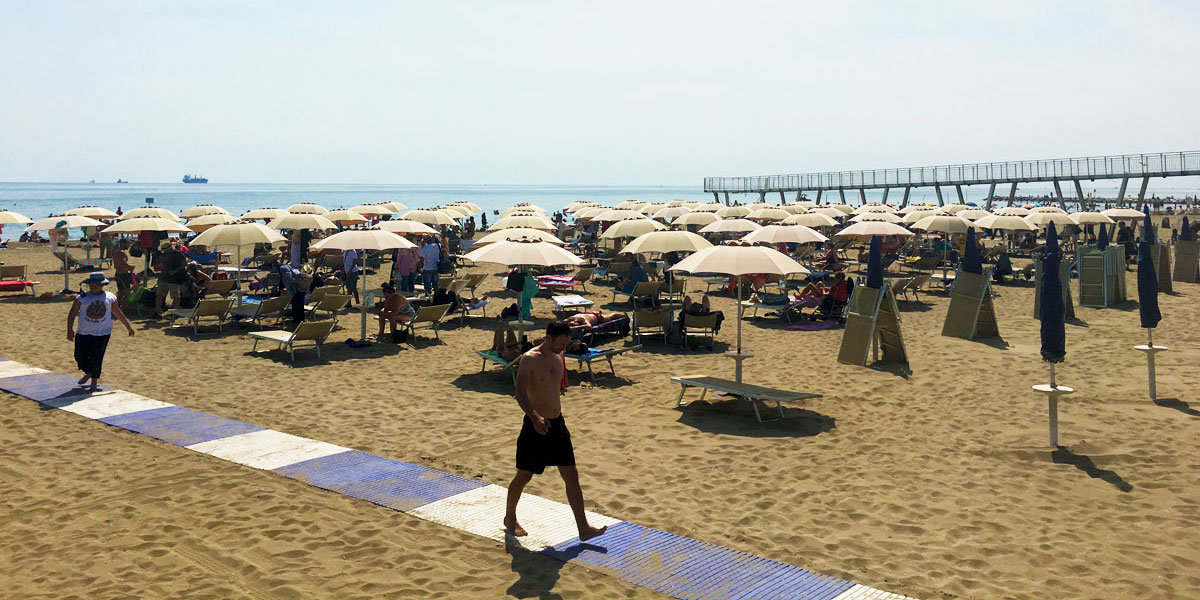A Holiday in Venice
This year we chose Venice for our family holiday. We stayed on the Lido so that we could achieve the right balance between beach and culture and keep everybody happy. I have not been to Venice for several years and it was great to be back in such a stunningly beautiful place. Every time I visit, I notice different aspects. This is what I noticed this time.
The beauty of decay
"To banish imperfection is to destroy expression, to check exertion, to paralyse vitality"
- John Ruskin, The Stones of Venice
Attempts to recreate Venice have been tried in places like Las Vegas, but they have never been convincing copies. What a new Venice fails to produce is the feeling of decay, only achieved by surviving for hundreds of years.
The architecture of Venice have been moulded and shaped by time; the edges have been softened and corners broken off. Dirt, from hundreds of years, exaggerates the architectural features of the white stone facades and painted walls wear unevenly - creating a beautifully mottled effect while rendered walls crack and flake, revealing shabbily laid brickwork behind. The very instability of the islands causes walls to bow and foundations to settle in a way that means straight lines have been replaced by a charming wobbliness.
This made me think about how some buildings improve over time and others do not. Perhaps it is the modern obsession with hygiene which makes us pull down a relatively new building once it starts to look shabby. The problem is that some building materials do not age well and so it is important to build from materials which, like good wine, improve over time. These magic materials are the very fabric of Venice - namely brick, stone and render. Ageing concrete, steel and plastic do not have the same allure and if Venice was made from them, I doubt people would visit in such numbers.
San Giorgio Maggiore
At times I have been critical of Palladio and while he does have his faults, San Giorgio is the master playing at the highest level.
The Island site of San Giorgio, when viewed from the lagoon, is a beautiful picturesque composition of different materials, colours and forms. The perfectly proportioned, stark, white facade shines out at the centre of the cluster of elements - consisting of the church, bell tower, cloister and harbour. This facade is a brilliant essay in classical architecture, superimposing two church facades:- one long and low, using Corinthian pilasters and the other high and narrow, using composite engaged columns. They work superbly together and all complicated junctions are resolved so effortlessly that I feel this is what a Bach fugue would look like if rendered in stone.
This same level of perfection continues in the interior - the rhythm is set out by the modillions, where all internal and external corners are resolved perfectly - every column and pilaster had a corresponding modillion on its centre line. The simplicity of detailing, the majestic vaults and the muted palette all combine to create a work of architecture which is enjoyed by classicists and minimalists alike.
Buying shade
At the Lido you can hire an umbrella and a pair of sun beds for about €30 per day, which is quite a lot, to simply buy shade. It is somewhat ironic that we travel miles to reach the Mediterranean sun and when we are there, we pay to block it out, but this is essential to avoid being fried by the August sun. On the outer reaches of the Lido, there are edgier, less visited beaches with graffitied sea walls and no facilities, here, umbrellas cannot be hired. Instead, people build shelters out of driftwood and found objects to protect themselves from the sun.
As a Northern European, I always associate building with the need for warmth and protection from rain, but in Southern Europe, providing shade is a key aspect of architecture. Any tourist knows that the great churches and cathedrals of Southern Europe are a wonderful respite from the searing summer heat, and have been for generations of the faithful of years gone by. I have a friend who hates being too hot and he has a theory that the success of religion in hot countries is inextricably linked to the cooler temperature of their places of worship. A church was a place you wanted to be because it was the only place where you felt cool. Could it be that the mass secularisation of recent times has not been caused by the arguments of Darwin, Hume and Voltaire, but rather the advent of air conditioning?
One last thing...
If you are looking for a nice place for supper which is not too expensive, try San Trovaso, behind the Accademia. I can thoroughly recommend grillia mista de peshe with a side order of spinach.
